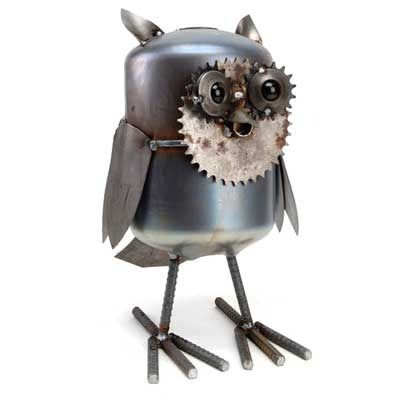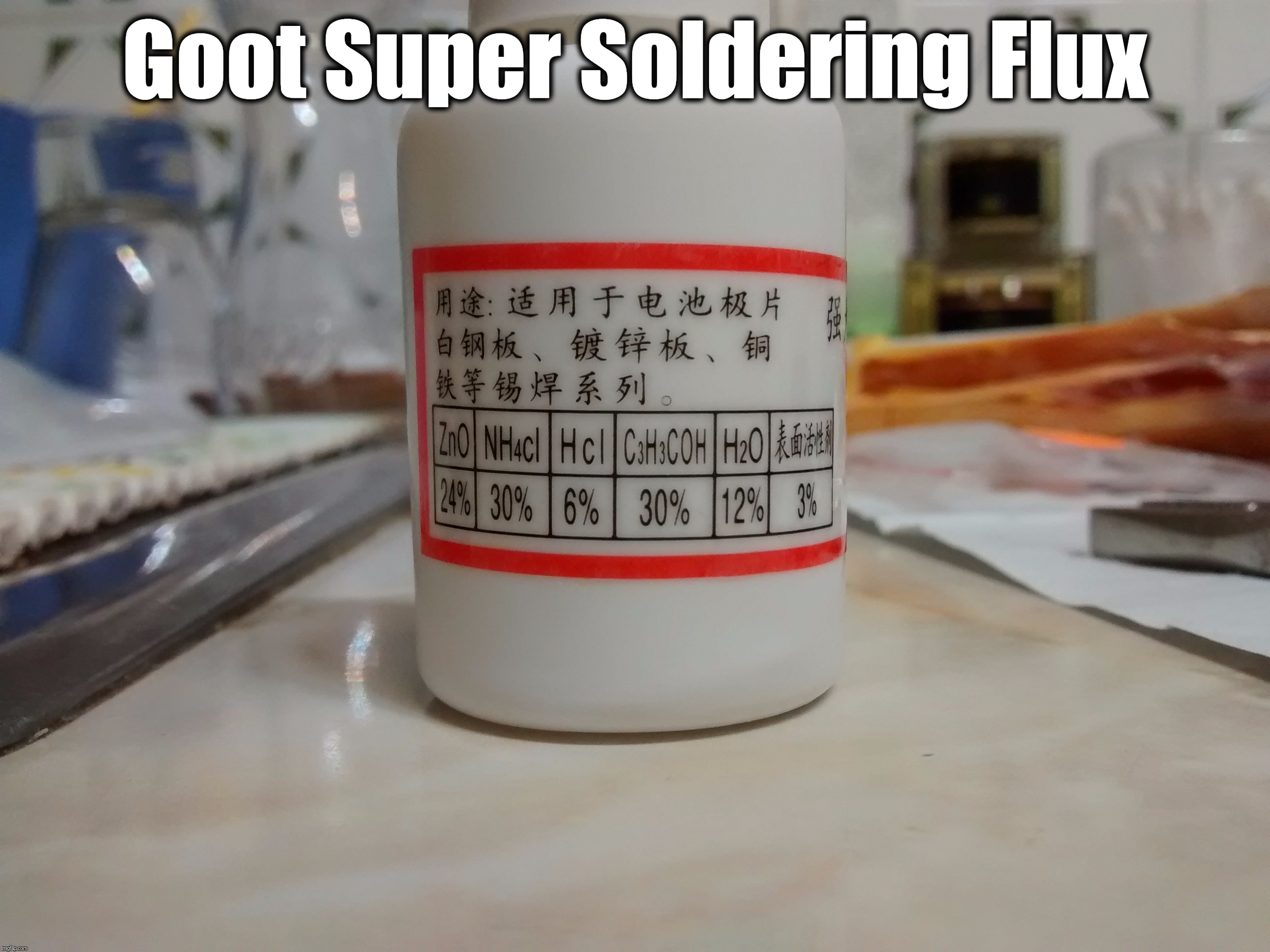Hello everyone!
I just wanted to share that I was able to solder a piece of copper braid to the aluminum tail cap of a TX25C2 to reduce the resistance from the spring, it was not difficult at all! I think this can help in high amperage lights to reduce resistance and get more amps flowing.
I basically followed this guy’s video but made a small change
What I did is just replace the motor oil with soldering flux, lots of soldering flux! I first cleaned the aluminum of all oils using acetone, then alcohol, then I used a small sanding pad to make a semi rough surface, then used about a dime size of soldering flux, melted it with the soldering iron and while it was liquid i scraped with a metal owl the surface making sure that the aluminum surface is covered with the flux and has no contact with air.
then I heated some solder using the iron and rubbed it against the aluminum surface, at first it seemed that it was not working but after a few seconds rubbing the tail cap with the solder I noticed that a small black cloud began to form on the surface of the flux and the solder adhered to the aluminum, I tested by trying to scrape it off the aluminum and it doesn’t move at all.

I then proceeded to solder the braid,

I tested that the solder was still holding by pulling on the braid but the solder held nicely, that braid is going nowhere!

I then put just a tiny bit of solder in the tip of the spring

Then inserted the spring and compressed it a little before soldering, soldered the braid to the end of the spring, cut any excess braid and you are done.

Hope it helps anyone who wants to try it!
AlexGT




